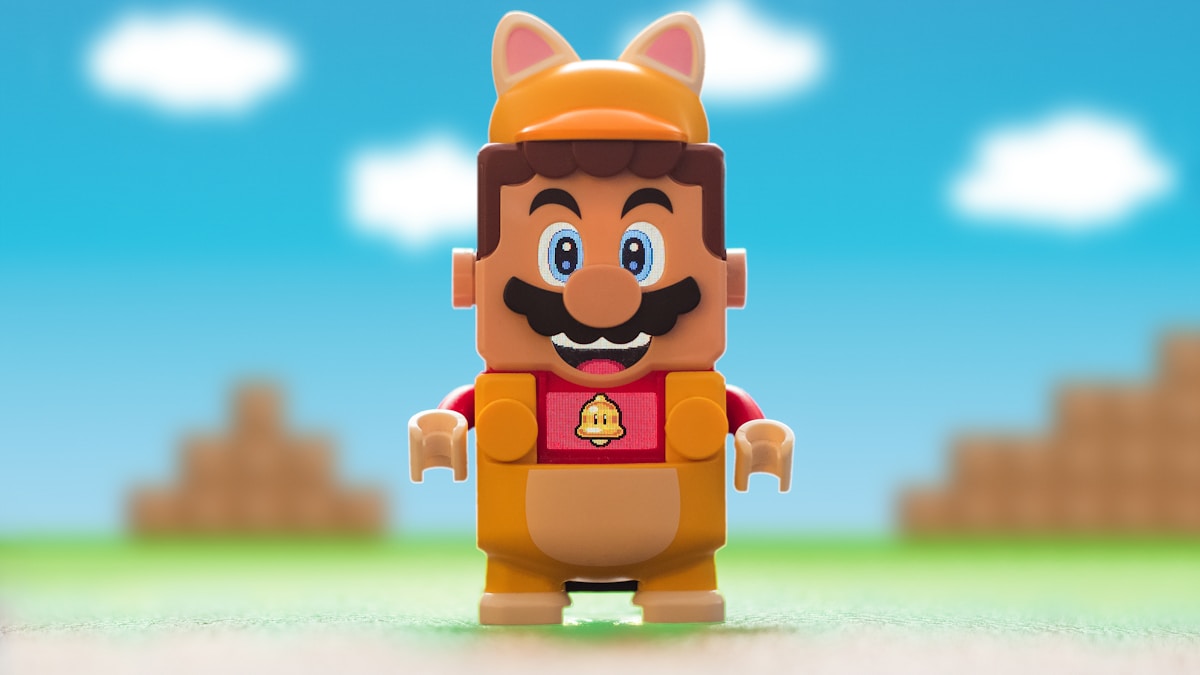Today we’re answering reader questions. Yeah! John asks:
“As a writer how do you keep the player in mind while incorporating gameplay and story?”
It’s a good question - one that lots of writers and designers struggle with. When we’re thinking about story, we tend to forget gameplay. When we’re thinking about gameplay, we tend to lose track of the narrative. “Oh yeah, it’s a game.” “Oh yeah, we have a story.” Agh!
Where is this problem coming from?
As game writers, we WANT to write a playable story - games are all about player freedom, we know that, so we want to deliver. It’s a problem we’re happy to struggle with, but as an industry, we’re still figuring out how all this works, so writers often feel like they’re flying blind here.
Part of the problem is the writer's creative process. When we’re right in the thick of working out a story, we almost can’t help but take control as we craft a beginning, middle, and end. In our heads, our characters stay in character. They act the way we want them to act, and because there is often cause-and-effect, and plot points need to happen in a certain order, we just tend to assert control over the player in our heads, even when we don’t mean to.
We can’t control what the player will do - but we have to write a story around them anyway, somehow. Some days the job makes us feel a certain kind of way:

Why do we do things this way?
Partly, it's a lack of information.
We want to create a playable story - but we’re not designers, we’re not designing the game, so we only know half of the equation.
If we want to keep the player in mind when working on the story, we've got to know what the game is. And for a LONG time during development, the game exists mostly in the designer's head.

Why aren't things better?
Because writers and designers are not always working closely together. I’ve worked on projects where I never even met the design team! In retrospect, that seems crazy. How did I do my job?
And even if writers and designers are in the same meeting, they’re not always speaking the same language. Designers want to dig into systems and mechanics; writers want to talk about characters and plot. These are not the same things!
Designers don't want to become writers, and writers don't want to become designers. But we've got to be able to talk shop with each other. So how can we start speaking the same language?
Let the player help
Here’s how:
Focus on player experience.
In your meetings, start and end by talking about how it will FEEL to play this game. What kinds of emotional reactions do you want from the player? Do you want them to be tense, frightened, delighted, amazed?
(If you’re stumped for just the right words, Google “emotional cheat sheet” for a list to help jog your ideas.)
(And if you’re not quite sure how this works, try doing it for one of your own favorite games. How does it make you feel? Why?)

Once you’ve got that emotional palette up on the whiteboard, both writers and designers can talk about how they’re going to create those feelings in the player. And this is where writers need to listen closely to those designers! Because here they’re giving you the information you need. This is how you incorporate player agency; by finding out what the player can do.
Game mechanics are especially important because that’s how your player lives inside your story. As your designer runs through the mechanics, stay focused on how you imagine those mechanics will make the player feel. Yes, we’re all special snowflakes, but a loud noise will make most of us jump. We can make educated guesses as to how players will respond to things. This is how you incorporate player agency; by figuring out - not just what the player can do - but what they want to do.
Then once you’ve got that key information from the designer, you can build your story around the player’s emotional experience. And the designer can build the game around the player’s emotional experience, too.
Hopefully, you guys will stay in sync - through lots and lots and lots of meetings - but if you stay focused on the player, you won’t go wrong.

Hope this helped. How do you keep the player in mind when you’re working on a story? Let us know!
Write great scripts with this free guide
Want to build up your writing skills? We can help. We've created an easy 5-step guide you can use to write scripts your players will love.
Best of all, it's free. Just click the button below!
Susan’s first job as a game writer was for “a slumber party game - for girls!” She’s gone on to work on over 25 projects, including award-winning titles in the BioShock, Far Cry and Tomb Raider franchises. Titles in her portfolio have sold over 30 million copies and generated over $500 million in sales. She is an adjunct professor at UT Austin, where she teaches a course on writing for games. A long time ago, she founded the Game Narrative Summit at GDC. Now, she partners with studios, publishers, and writers to help teams ship great games with great stories. She is dedicated to supporting creatives in the games industry so that they can do their best work.

